
All categories
Featured selections
Trade Assurance
Buyer Central
Help Center
Get the app
Become a supplier

(3530 products available)
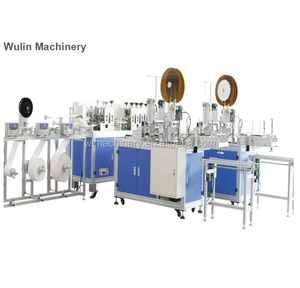

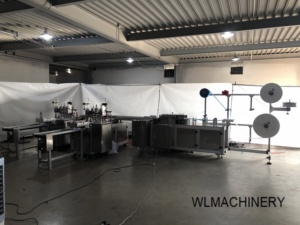
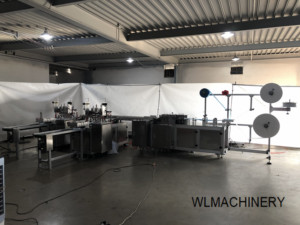

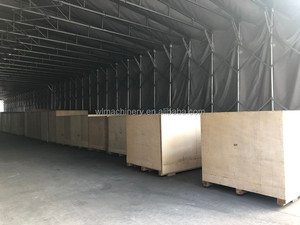
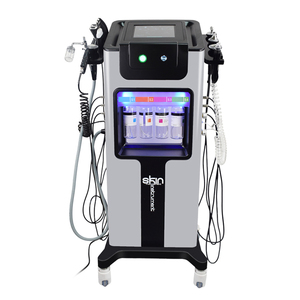
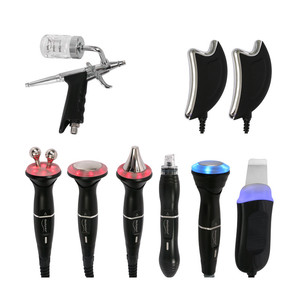
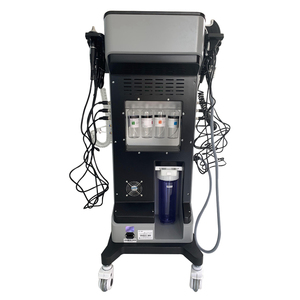
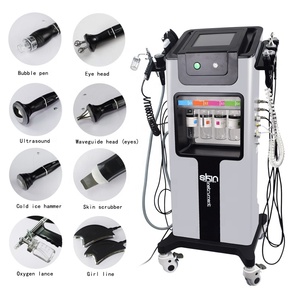
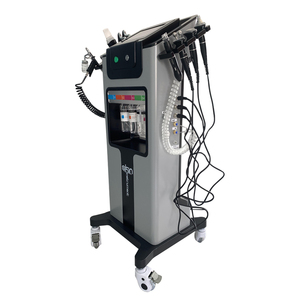
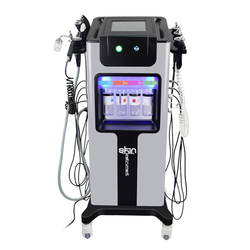

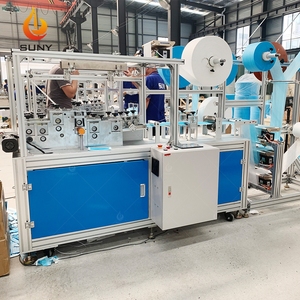
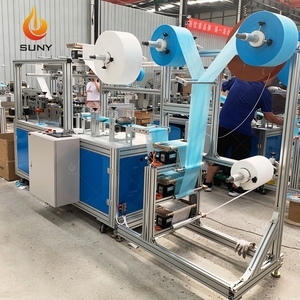

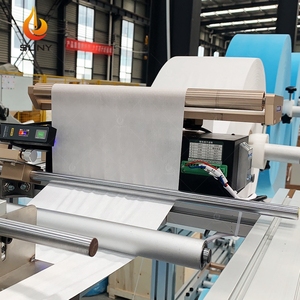
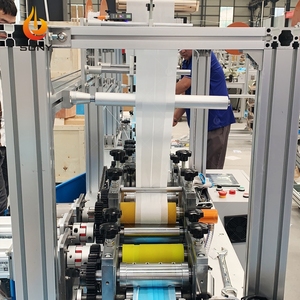


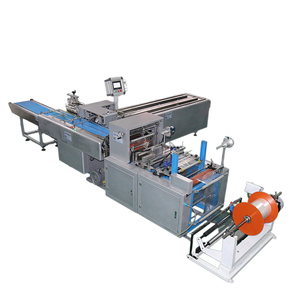
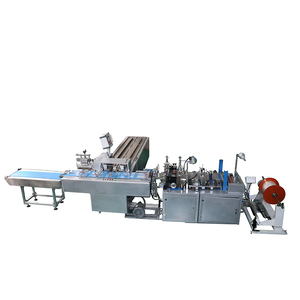
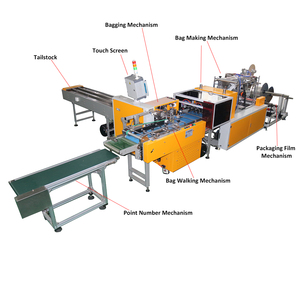
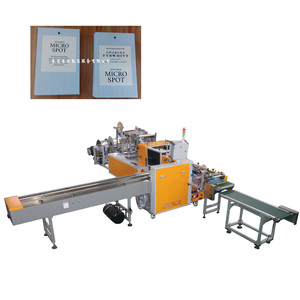



Market Overview: The face mask making machine market has experienced robust growth, largely influenced by the ongoing demand for masks in various sectors. According to Research and Markets, the masks market size is projected to increase from $14.49 billion in 2023 to $15.6 billion in 2024, representing a compound annual growth rate (CAGR) of 7.6%. This growth trajectory is driven by several factors, including rising air pollution levels, the prevalence of airborne diseases, and government initiatives promoting health safety. By 2028, this market is expected to reach approximately $21.22 billion, reflecting a sustained interest in mask production technologies. The increasing demand for N95 respirators and surgical masks further underscores the necessity for advanced face mask making machines, which are pivotal in meeting both consumer and industrial needs.
Industry Insights: The face mask making machine sector is witnessing significant innovations, particularly with the integration of advanced technologies. Key trends include the development of N95 masks featuring Bluetooth technology and personalized designs, aiming to enhance user experience and satisfaction. Furthermore, the construction industry's expansion, projected to grow by 42% globally by 2030, is anticipated to drive demand for masks, thereby increasing the need for efficient manufacturing solutions. Major players in the industry are focusing on technological advancements and strategic collaborations to enhance their product offerings. The shift towards disposable masks in developed regions is also shaping production strategies, emphasizing the importance of adopting efficient face mask making machines that can meet the evolving market dynamics.
A face mask making machine creates face masks for medical or personal use, which consists of an earloop machine, stacker and dispenser, inner/outer ultrasonic welding system, head loop machine, body folding machine, nose bridge welding machine, and other parts. Here are some common face mask-making machines:
Fully Automatic Mask Machine Assembly Line:
This machine produces masks with no manual effort. It combines a feeder, mask body machine, and mask garter machine. The feeder supplies raw material for the mask machine to create masks. The mask machine then uses ultrasonic technology to attach ear loops to masks. The assembly line collects finished masks in stacks.
Semi-Automatic Mask Machine:
A semi-automatic mask machine needs only a little manual help. Operators feed raw material into the machine, which then creates masks. Workers may have to assist the garter machine by placing them in the mask's ear loops.
Flat Mask Making Machine:
This machine folds and shapes flat masks with a metal clip inside. The machine makes masks with three layers of fabric within the machine that changes material color. An elastic band on either side secures the mask to the wearer's ear after the ultrasonic process. An optional training mask filter machine can filter masks and increase output.
N95 Mask Making Machine:
It's similar to the flat mask-making machine, but it makes N95 respirators, which have a raised cup shape. The machine adds an extra step, inserting a filter material layer to make N95 masks. Filters improve N95 masks' particulate filtration efficiency. An optional valve punching machine can make valved N95 masks that provide more ventilation.
Multi-functional Mask-making Machine with Anti-static Device:
This mask-making machine produces earloop masks, cups masks, K95 masks, etc. It has an anti-static gadget that makes the mask deal with static electricity and stickiness. The masks are pleasant and clean when put on the wearers.
Robot Production Line:
This machine uses robots to make masks. It has a mask body machine, ultrasonic ear loop machine, and stacking robot. The mask robot production line makes masks more efficiently. Production lines using lots of human labor may be slower. The robot production line saves time and cost.
Mask machine with printing:
This machine makes branded masks. Buyers can choose masks with any color or pattern. The mask-making machine has a printer that prints designs on fabric before it cuts and sews materials into masks.
Capacity:
The number of masks the machine can produce in a specific time frame, typically expressed in units per minute or hour.
Automation:
The level of automation, such as fully automatic, semi-automatic, or manual operation, determines the machine's efficiency and ease of use.
Mask types:
Specific machines may produce various masks, including surgical masks, N95 masks, or custom designs.
Control system:
The type and sophistication of the machine's control system, including features like touch screens, programmable logic controllers (PLCs), and more.
Operating environment:
Machine requirements, such as temperature, humidity, and other environmental conditions, may be appropriate.
Mask shape and size:
The machine can produce masks' specific shapes, sizes, and dimensions.
Power supply requirements:
Mask-making machines may have different voltage and frequency requirements for their power supply.
Material compatibility:
The types of materials the machine can use to make masks, including non-woven fabrics, melt-blown fabrics, inner and outer fabric options, and more.
Machine dimension:
Mask-making machines come in different sizes and weights to accommodate various production setups and floor space constraints.
Maintenance requirements
Regular maintenance of mask machines is essential to ensure their performance, reliability, and lifespan. Some common maintenance requirements include cleaning the machine.
Before cleaning, wear appropriate safety gear, such as gloves and goggles, to protect against any potential hazards.
Using a soft cloth or brush to remove any dust or debris from the surface and crevices of the machine, including after the operation and regularly.
The demand for medical masks surged during the pandemic, but it was already growing as air pollution issues increased. Face mask making machines can mass-produce a variety of medical masks that governments and healthcare organizations will buy in bulk.
Wholesale buyers should look for multifunctional machines that can produce different types of masks. They need to have the parts and attachments to make masks of various shapes and sizes, including kids' masks, including nose clips, ear loops, and filtering layers. Buyers should also ensure that the machines have enough production capacity to meet the demand required from their supplying businesses. Masks with unique designs can give certain retail markets and organizations a competitive advantage. Buyers can find machines that will make masks with printed designs or in different colors.
Mask-making machines are often used in conjunction with other mask production equipment, such as packing machines, which pack finished masks into boxes, and sterilization units, which ensure that masks are free from bacteria and other contaminants. Some facemask-making machines may also have printing capabilities, allowing manufacturers to add their logos or other branding directly onto the masks.
The quality of the masks can determine the success of a retail business, so buyers should look for machines that comply with the ASTM standards for surgical masks. They should also be efficient, durable, and easy to maintain. Look for masks that can save labor costs because automatic ones are easier to operate than partially automated models.
When selecting a face mask machine, several factors need to be considered to ensure efficiency and business needs.
Production capacity:
When choosing a face mask-making machine for business needs, it is essential first to consider the production capacity. In simple terms, production capacity refers to the number of masks a machine can produce in a specific period. Different machines have varying production rates, with some capable of producing thousands of masks per day. Businesses with high demand or anticipating rapid growth might opt for machines with higher production capacities. Such machines ensure a consistent supply of masks to meet market demands without causing bottlenecks in the production line.
Automation and efficiency:
Face mask-making machines vary significantly in terms of automation and efficiency. Some machines require manual labor to feed raw materials, monitor the production process, and remove finished products, increasing production time and costs. On the other hand, automated machines streamline the production process, reducing the need for manual intervention. These machines have feeding systems that automatically ensure raw materials, and they also include quality control mechanisms to detect and rectify faults in masks during production. Businesses looking to save on labor costs and time should invest in fully automated, efficient mask-making machines. Although such machines might come at a higher initial cost, the long-term savings and increased productivity are worth the investment.
Flexibility:
Some mask-making machines only produce one type of mask, while others can produce different varieties. Businesses with specific market goals should choose a machine that meets their needs. For instance, if a business sells surgical masks and intends to venture into masks with valves, it should invest in a machine that can add filters or valves in the mask. Moreover, some machines only produce masks of one size, while others can configure to produce masks of different sizes. Businesses with different mask specifications to cater to different customers should choose a flexible machine that can adjust to their changing needs.
Easy operation and maintenance:
When choosing a face mask machine, it is essential to consider easy operation and maintenance. Training employees is an integral part of any business operation. Therefore, investing in a complicated machine that requires extensive training is not an ideal choice. Selecting a machine that is easy to operate will go a long way in reducing training costs and time. Moreover, the production line will run smoothly and efficiently. Additionally, considering a machine's maintenance requirement is crucial to avoiding unexpected breakdowns and repair costs. Machines that are difficult to maintain can quickly become inefficient and costly. Choosing a machine that is easy to operate and maintain will save businesses time, money, and headaches in the long run.
Q1: What types of face masks can a face mask machine maker produce?
A1: The machine can produce different types of masks, including surgical masks, N95 masks, cloth masks, and custom masks with specific materials or features.
Q2: How does a face mask machine increase production?
A2: The machine produces masks automatically. It can feed materials, fold and stitch masks, add ear loops, and perform other tasks quickly and efficiently.
Q3: Can a face mask machine work with different mask materials?
A3: Yes. Most machines can work with different types of non-woven fabrics used for face masks. However, it is always best to check the manufacturer's specifications to ensure compatibility.
Q4: Can a face mask machine maker produce masks with custom logos or designs?
A4: Yes. Some machines have the capability to print masks with custom logos or designs. However, this feature may not be available on all machines, so it is best to check with the manufacturer.
Q5: Is face mask machine making energy efficient?
A5: The efficiency of an energy-saving face mask machine depends on its design and specifications. When considering energy consumption, it is crucial to look at the production capacity, operating method, and used materials. Large-scale production lines are typically more energy-efficient than small, standalone machines.